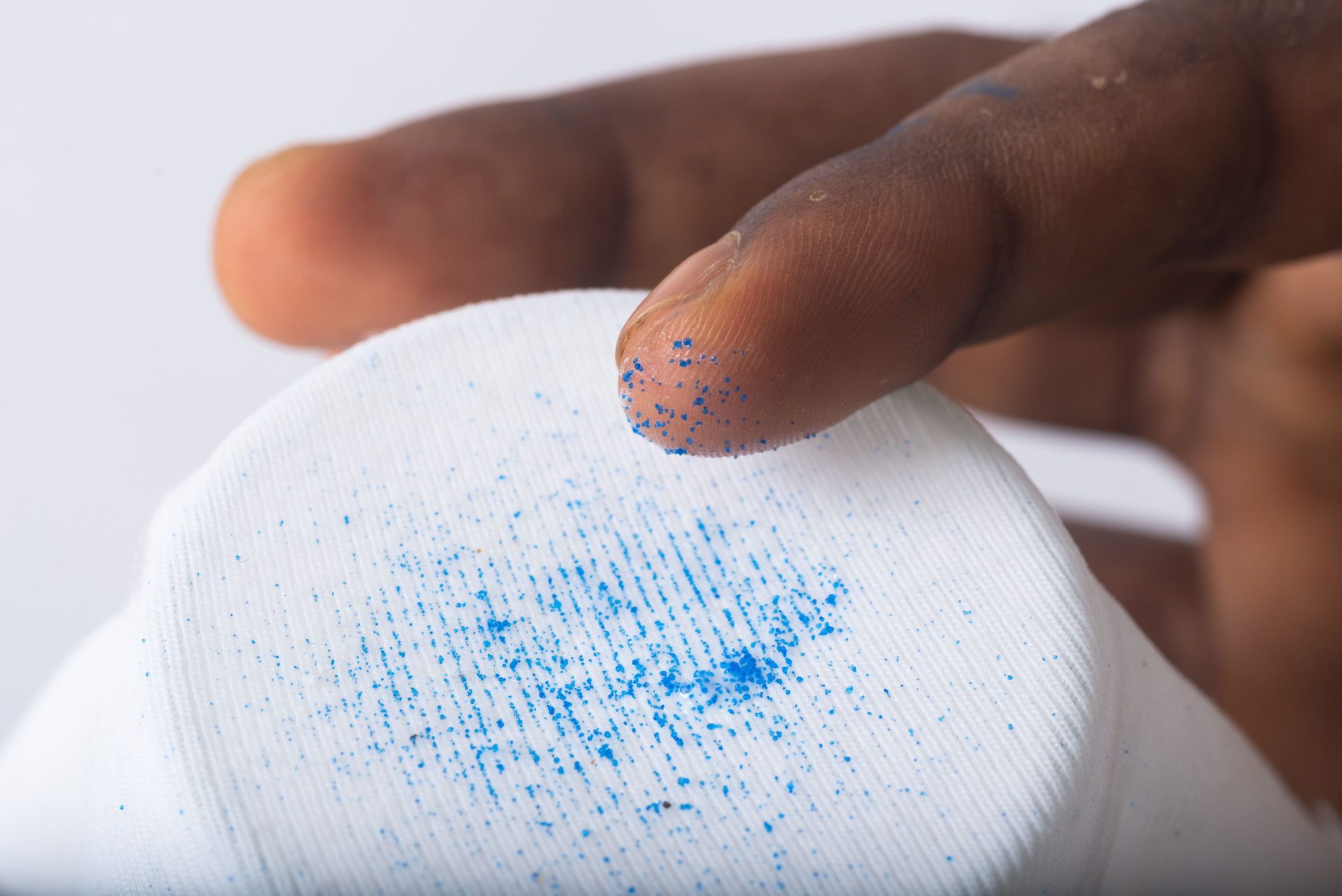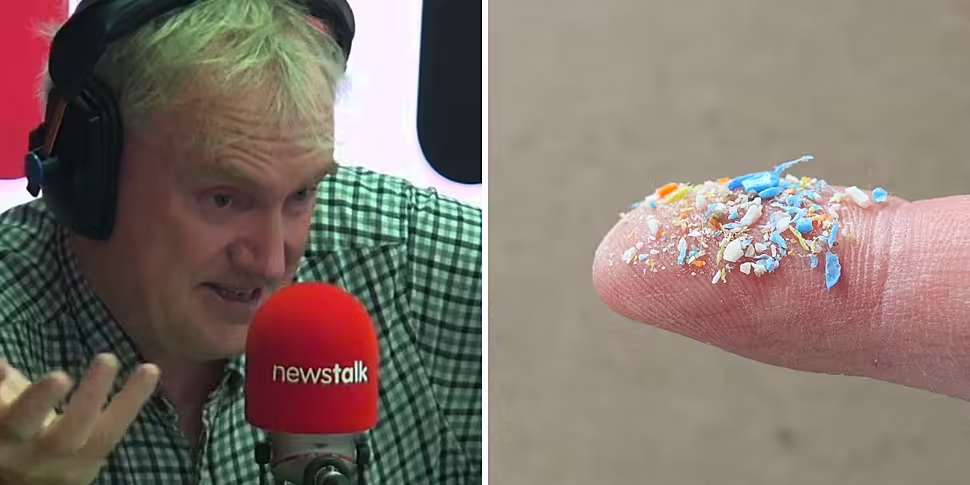Microplastics could be a factor affecting increasing rates of autoimmune diseases such as lupus, according to Professor Luke O’Neill.
Microplastics are small pieces of plastic, usually less than 200 nanometres long and 40 nanometres wide.
A recent study published in Nature Medicine has shown that microplastics have been found in human bodies - but particularly in the brain - after death.
Professor Luke O’Neill told the Show Me The Science podcast that the data seemed to show that the level of microplastics are increasing.
“They had 91 separate brains, 91 people, basically,” he said.
“Some of the samples went back to 1997, and what was interesting was when they timed them, there were more microplastics in the brains of people who died more recently – and this kind of agrees with other studies.
“So, from 2016 to 2024, the median concentration of the microplastics increased by about 50%.
“It went from 3,345 micrograms per gram of tissue to 4,917 micrograms per gram of tissue, so that was interesting.”
 Microplastics found filtering little drops of cosmetic products mixed with water. Image: Melting Spot / Alamy. 6 May 2022
Microplastics found filtering little drops of cosmetic products mixed with water. Image: Melting Spot / Alamy. 6 May 2022Prof O’Neill said that while no links have been established so far, microplastics may increase a person’s chances of developing certain diseases.
“There’s increasing incidence of autoimmune diseases in the world over the past 20, 30 years,” he said.
“There’s some environmental reason for this, because it’s too fast to be genetic.
“Could it be microplastics? You never know, because they will irritate macrophages, that’s for sure.
“Macrophages are a key inflammatory cell type that can, we think, link into these diseases.”
Since microplastics were found in the brain, Prof O’Neill said they could also increase chances of diseases like multiple sclerosis and Alzheimer’s.
Where do they come from?
According to Prof O’Neill, microplastic shards can come from anything made from plastic.
“They come from textiles, they come from tires, dust in cities,” he said.
“If you take a sample of dust from a city, you’ll see lots of microplastics in the dust, and obviously cities are where all the pollution is happening.
"And over 80% of all microplastics will be seen in the sea, so you pick them up in seawater.
“Another key source, I think, is paint – paint has ingredients in it that can leach out microplastics, mainly into the oceans, it turns out, they think.”
Prof O’Neill said scientists estimate that the average human consumes between 39,000 and 52,000 particles of microplastics annually.
Listen back here:
Main image: Luke O'Neill in the Newstalk studio (L) and microplastics on a fingertip (R).









